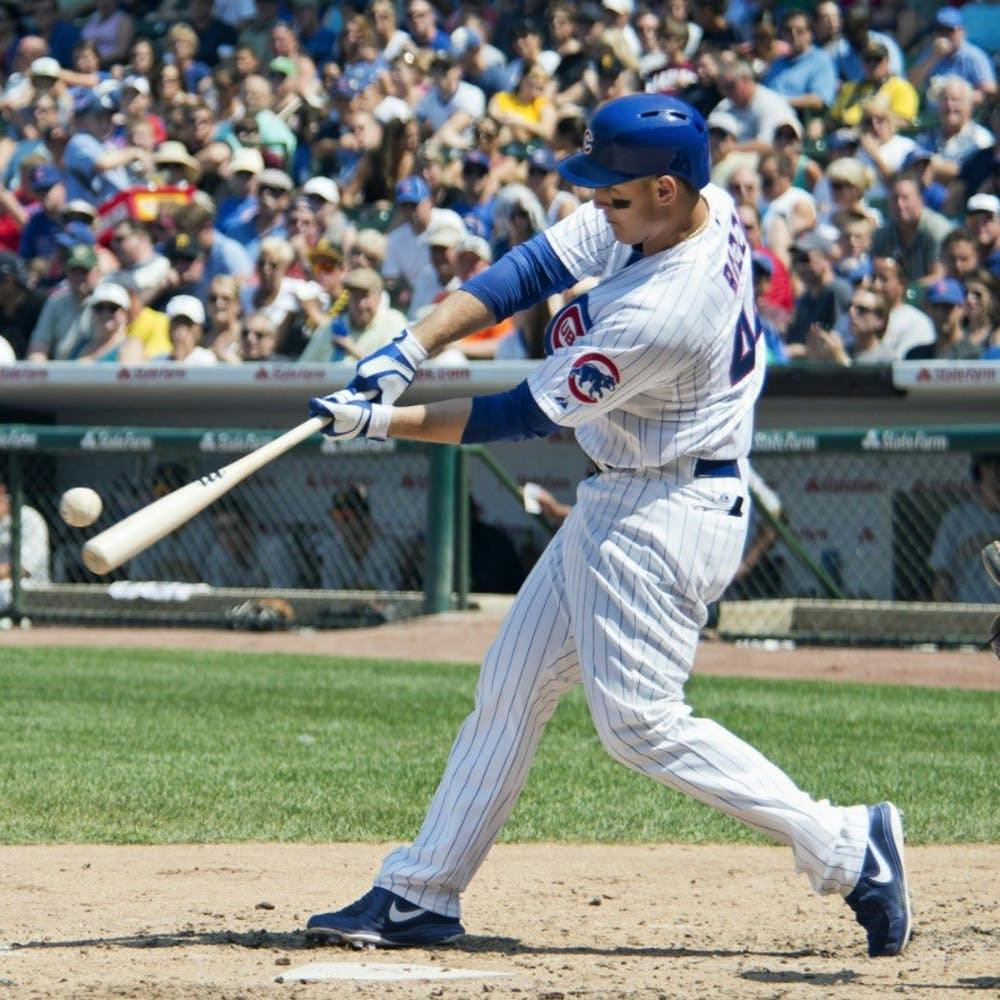
The Major League Baseball (MLB) playoffs are underway, and while there are a lot of storylines to address, the most noteworthy one so far has been the new playoff structure. Because of the heavily restricted and shortened regular season, MLB Commissioner Rob Manfred deemed it necessary to adjust some of the playoff rules.
Before I get into analyzing the new rules, let’s look at what actually changed. One of the biggest changes is that 16 teams make it in the playoffs as opposed to the usual 10. The means more than half of the league makes the playoffs. The 16 teams are made up of the top two teams from every division and then the remaining two teams from each league with the best records.
Additionally every team will participate in the wild card round, playing best-of-three series (the one-seed plays the eight-seed, the two-seed plays the seven-seed and so on). The following round will be a best-of-five series, and the last two will be best-of-seven. The last notable change is that the last three rounds of the playoffs will be played at neutral stadiums so as to avoid the risks associated with traveling during a pandemic. Back in February, MLB fans heard rumors that the league wanted to make some changes to the playoffs, but no one at the time anticipated something this drastic.
It’s no secret that baseball has a reputation for its declining popularity. The cause of this trend is up for debate, but the MLB has already tried a number of things to reverse it. However as the National Basketball Association (NBA) has shown, COVID-19 has provided sports leagues with the perfect opportunity to experiment with new ideas. This season has already been one of the strangest ever, so why not have a strange playoff structure to top it off?
Functionally the changed structure has a few other purposes: to make sure the season still ends on time, to help the owners who lost revenue due to playing fewer games and some might argue it provides justice to the teams who didn’t have enough time to proves themselves during the shortened season.
The first thing that came into my mind when I saw these changes was the National Collegiate Athletic Association’s (NCAA) March Madness. Lots of teams, high-stakes games and neutral playing sites are all parts of what makes that tournament so exciting, and they have undoubtedly done the same for the MLB playoffs already.
The wild card round has concluded, and it showed a lot of promise. On the surface it may seem upsetting that six out of the eight wild card series were 2-0 sweeps. However that doesn’t tell the full story. Most of the games were incredibly close and almost half of the series’ were upsets, with the fifth-seeded New York Yankees, sixth-seeded Houston Astros and sixth-seeded Miami Marlins all winning their series.
I think one thing that makes me nervous with high-stakes formats like these is that they risk eliminating the top teams too early. Thankfully the top two teams from each league made it through. It was fun to see that many of those highly mismatched games ended up being somewhat close, but I’m happy that we still have a chance to see the best teams face off against each other in the last few rounds.
There were some amazing highlights from the first round of games. The Yankees scored 22 points in their two games. And on the defensive side there were 382 total strikeouts. There was lots of great baseball played, despite the greater variety in teams this year. And while the second round will take a few more games to complete, I’m sure we will be in for more of the same going forward.
Originally this playoff structure was explicitly made to accommodate the COVID-19-shortened season. But after some positive feedback, the idea of keeping some of these changes for next season has been floating around. Let’s look at what should stay and what should go.
Firstly I’ll be honest, I don’t like having over half of the league make the playoffs. As an avid NBA fan, this is something that has always bugged me about my beloved basketball league. Rewarding teams that are barely above a .500 record with a playoff spot seems too generous to me. Besides, the one vs. eight and two vs. seven games are honestly pretty boring most years. This year has shown that baseball isn’t an exception to this. Several of the teams that made it in this edition of the MLB playoffs actually lost more games than they won. While I’m not really a fan of this idea, the owners of those seven- and eight-seeds love the extra revenue, so we will have to wait and see if it sticks.
I hope the wildcard round keeps the shortened format. I love sudden death games, but best-of-three is good enough for me. It’s a good way to account for a team having an off game, while still ensuring every game feels extremely important. There’s nothing like a competitive seven-game series, but I want at least one round with that all-or-nothing feeling.
And finally, while I love the idea of a neutral location, I don’t think it should stay. It works well for the NFL and NCAA because those games are sudden death, so it would be unbalanced to give one team the field advantage. But a seven-game series just doesn’t feel the same without the home field dynamics that occur. Besides, the fans deserve to get an opportunity to see their teams play in those big games in-person after rooting for them all season.
While it’s fun to speculate about the future and look back at the past, MLB fans should be watching these games intensely, cherishing the moment before it’s gone. Even if some of these rules stay, one thing is for sure: There will never be another MLB playoffs like this.

















